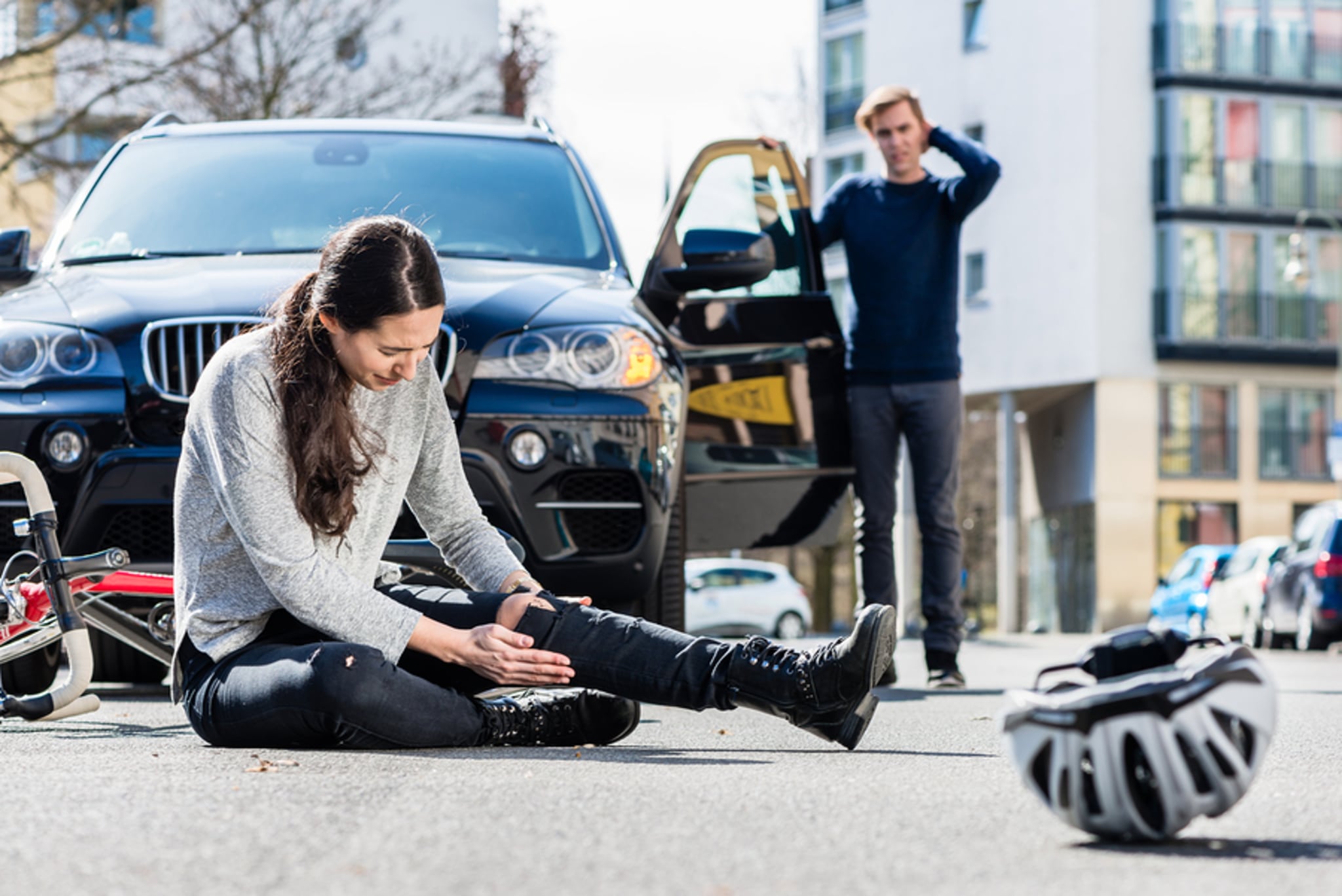When a pedestrian gets hit by a driver at higher velocities, undoubtedly, it can result in severe injuries and fatalities. But even while driving at just 8-10 mph, accidents can happen.
Everyone must know what to do immediately with a pedestrian, after an accident. Drivers should also be aware of the primary rules of fault, compensation of injuries and damages, and, most importantly, the prevention of these kinds of accidents in the first place.
Immediate Actions
It’s normal to feel confused after an accident. Calm yourself and keep in mind the following:
- First is the Safety: Get any injured people to a place of safety. Do not try to give medical treatment beyond what is required.
- Medical and legal help: Next, reach medical care centers, auto insurance companies, and police. Provide factual information to the cops about the accident.
- Communicate in limits: If the pedestrian is not debilitated, gather information like names, phones, email, etc. However, you have to be careful while speaking with anyone. Do not talk broadly with the injured or their friends or family members. If you accept the fault, it could lead you to a legal case.
You may contact Kent pedestrian accident lawyer if you are facing potential criminal charges for the accident in the case of driving under the influence.
Liability
It does not matter if you are the driver of a vehicle or the pedestrian involved, after sustaining the accident, understanding liability is the foremost thing. It could help the driver recover losses in court if he/she has an understanding of whether the pedestrian is at fault or not.
There are general circumstances that could relate the pedestrian to liability in an accident. This is possible if the person is jaywalking or walking in a portion of the street other than the crosswalk, etc., which are traffic violations.
If a pedestrian does not watch the traffic lights or a crosswalk signal, he or she may have some fault. And also, when the pedestrian has consumed alcohol or drugs and is on the road, he or she is generally at fault.
Another situation where the pedestrian is liable in the accident is when he or she walks in the areas where there is no pedestrian access like the freeways, bridges, and interstates.
Determining the Fault
Usually, the law of negligence determines the fault. In simple terms, if a person fails to make wise decisions under that situation, it is regarded as negligence. However, both the driver and the pedestrian may be at fault in the very accident situation.
In some regions, a pure contributory negligence rule is followed. It means that if the pedestrian is even slightly involved in the happening of the accident, he or she cannot obtain damages from the driver and his policy provider. While in some, a comparative fault rule is followed. It means that even if a pedestrian was somewhat at fault, he or she could claim some damages.





